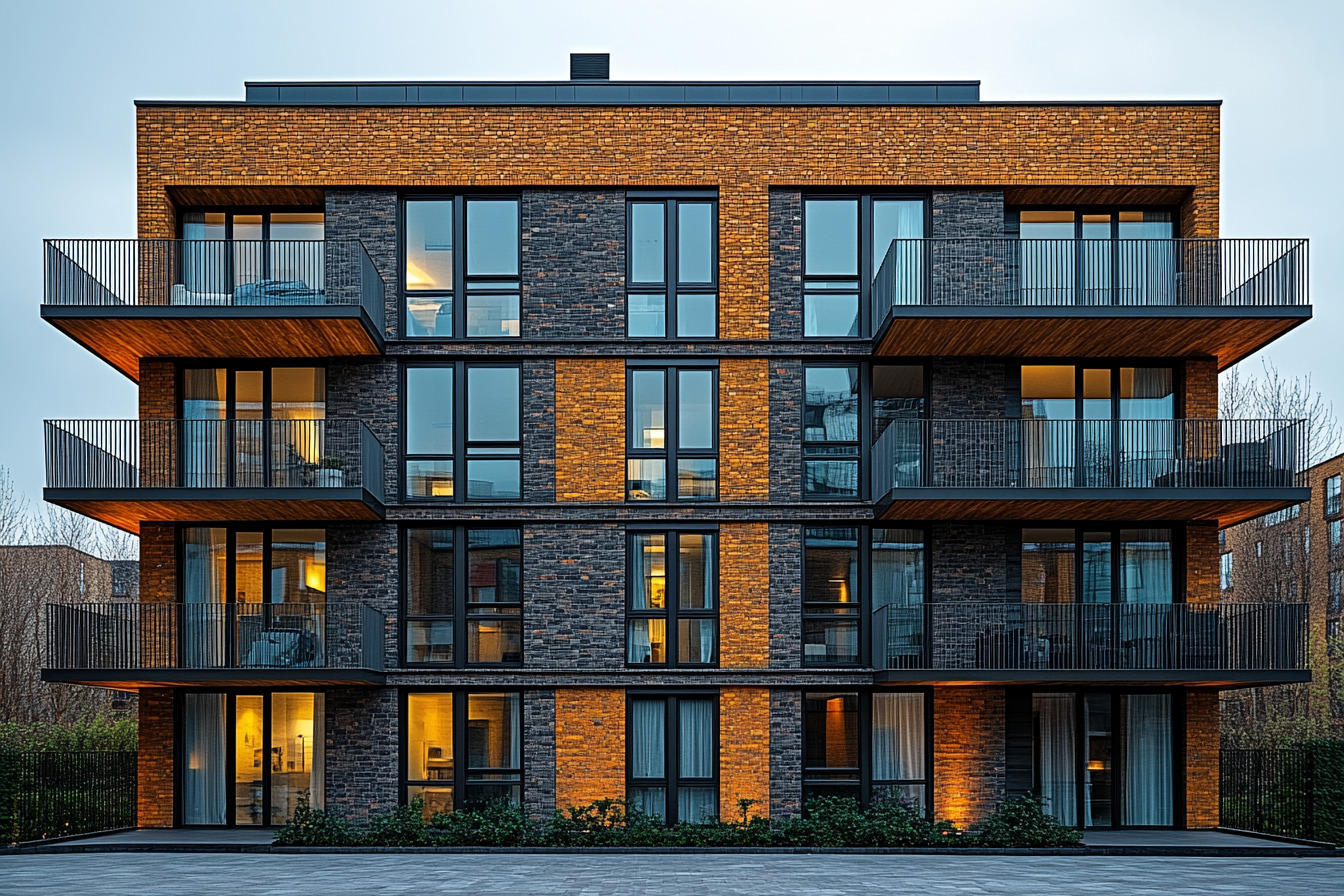The property market in London has long been a conversation point for both local and overseas buyers. The city’s reputation as a global financial center, as well as its cultural assets, draws residents and investors alike. The main question that always comes up is whether to buy a new-build or an older, existing home. Each has its own set of pros and cons. Here’s a summary that collects data on the most searched topics to enable your decision-making.
New builds vs older properties
Many new builds will be finished to a modern spec and benefit from energy-efficient systems. These buildings could have better insulation, top-of-the-line appliances, and sustainable materials. At the same time, older houses often feature classic architecture and unique characters. From Victorian townhouses in Islington to Georgian terraces in Bloomsbury, period properties in London frequently have architectural elements that simply can’t be reproduced in a new build.
New-build developments often feature amenities like private gyms, concierge services, communal gardens, and on-site parking. This can make it especially attractive for people seeking a more simplified way of living. Established neighborhoods also tend to be where older homes are — with local shops, schools, and transport links already in place. These regions have the benefits of established infrastructure and decades of a true sense of community.
To help promote the sale of their new builds, developers usually offer inducements such as paying stamp duty or part-exchange deals on your existing property. This may bring overall costs down as it passes on fewer initial costs, while the price of purchasing would still more likely be higher due to the premium it puts on modern finishes. Older homes might seem like a better deal at first glance, but renovation or maintenance can end up being a constant cost. Buyers should use these potential costs when making a final decision.
Reasons to consider purchasing a new home in London
New buildings generally now have to comply with stricter building regulations. That often means improved energy efficiency, updated insulation, and fewer repair issues down the road. Lower utility bills and a smaller carbon footprint can be attractive, especially if you intend to occupy the property long-term or can appeal to eco-conscious tenants.
New-build homes typically include warranties (in the UK, for example, there’s a 10-year structural warranty). This warranty helps protect you from structural defects, giving you peace of mind for any potential repair costs down the road. With an older home, you’re generally responsible for all maintenance from day one, once you have the keys.
Well-located new development in London can be appreciated considerably in the long run, particularly if the project is nearby to major transport improvements or a gentrifying neighborhood. New builds for sale in general can be attractive seeking investment potential, as there is often scope for a home value increases as a local area develops further.
Pros and cons of purchasing an existing property
From period fireplaces to original hardwood floors, older homes often exhibit architectural flourishes that new buildings tend to lack. Such features lend character and can make the home more appealing when it comes time to sell. Some buyers love the history that comes with the property, and like to feel part of London’s continuing narrative.
Older properties tend to be in neighborhoods where storefronts, schools, and parks have had decades to develop. It means many well-proven local businesses, active public transport options, and a feeling of belongingness. As a buyer, you have a vivid image of how life will unfold on a day-to-day basis right from the beginning.
Though renovation can be expensive, it does give you a chance to put your stamp on a place. A handful of the older homes are prime “fixer-uppers,” offering ambitious buyers the chance to convert a traditional London terrace into their dream home. If you decide to sell, a well-planned renovation could yield a substantial financial return down the road.
Things to consider
New-builds can sometimes carry a premium price tag, particularly in prime London neighborhoods like Kensington or Canary Wharf. Nevertheless, developers may provide several incentives or flexible financing packages that can alleviate some of these expenses. When doing a search on older homes, the starting list price may be lower — but remember to factor in renovation or repair costs.
Banks and lenders typically have clear-cut guidelines for financing new houses, but they appreciate the investment potential of an older property with an established resale track record. You should always research different mortgage products, interest rates, and special offers. Having a financial advisor to help you find a mortgage deal suited to your needs.
A lot of new builds will also include service charges, to cover amenities like gyms, communal gardens, and 24-hour security. Older properties, on the other hand, can mean unforeseen maintenance costs, such as for new roofs or plumbing upgrades. Consider both short-term and long-term costs when deciding where to invest.







